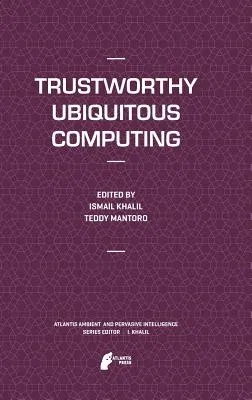Trustworthy Ubiquitous Computing covers aspects of trust in ubiquitous
computing environments. The aspects of context, privacy, reliability,
usability and user experience related to "emerged and exciting new
computing paradigm of Ubiquitous Computing", includes pervasive, grid,
and peer-to-peer computing including sensor networks to provide secure
computing and communication services at anytime and anywhere. Marc
Weiser presented his vision of disappearing and ubiquitous computing
more than 15 years ago. The big picture of the computer introduced into
our environment was a big innovation and the starting point for various
areas of research. In order to totally adopt the idea of ubiquitous
computing several houses were build, equipped with technology and used
as laboratory in order to find and test appliances that are useful and
could be made available in our everyday life. Within the last years
industry picked up the idea of integrating ubiquitous computing and
already available products like remote controls for your house were
developed and brought to the market. In spite of many applications and
projects in the area of ubiquitous and pervasive computing the success
is still far away. One of the main reasons is the lack of acceptance of
and confidence in this technology. Although researchers and industry are
working in all of these areas a forum to elaborate security, reliability
and privacy issues, that resolve in trustworthy interfaces and computing
environments for people interacting within these ubiquitous environments
is important. The user experience factor of trust thus becomes a crucial
issue for the success of a UbiComp application. The goal of this book is
to provide a state the art of Trustworthy Ubiquitous Computing to
address recent research results and to present and discuss the ideas,
theories, technologies, systems, tools, applications and experiences on
all theoretical and practical issues.

